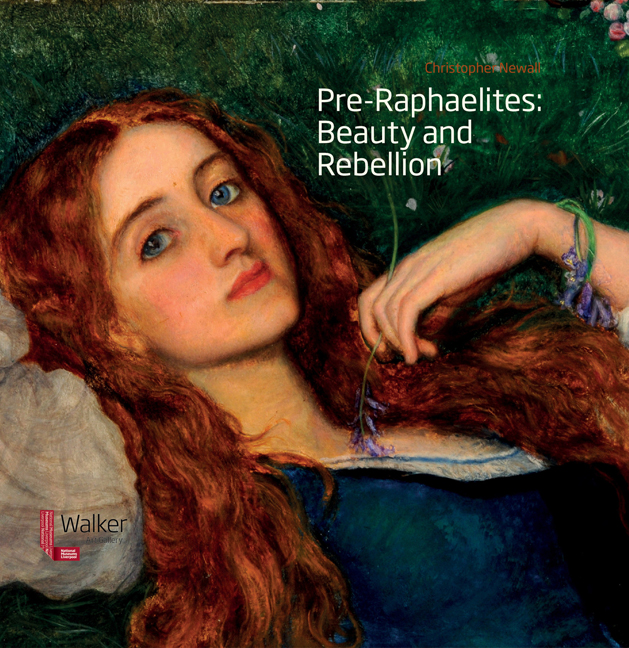Foreword
Summary
Liverpool has long been associated with Pre- Raphaelitism. The collections of the Walker Art Gallery, Lady Lever Art Gallery and Sudley House include large numbers of Pre-Raphaelite works, many with iconic status. The visitors they attract, and the numerous national and international requests we receive to lend them to exhibitions, are testaments to Liverpool's significance in the Pre-Raphaelite story. The history of how the city came to have these wonderful collections is multifaceted and fascinating and carries an inspiring message of strong patronage and cultural enlightenment. Looking across the world's major Pre-Raphaelite collections, links to Liverpool can be found, through the works, their past owners and their exhibition histories. From the early days of the Pre-Raphaelite Brotherhood, Liverpool and its collectors exhibited, commissioned, bought and advocated the work of John Everett Millais, William Holman Hunt, Dante Gabriel Rossetti, their associates and followers. There have been many exhibitions and a huge amount published on the subject, yet nothing has focused on Liverpool's role in the movement's history. This publication, accompanying the exhibition at the Walker Art Gallery (12 February–5 June 2016), aims to redress this omission.
The success of Pre-Raphaelitism in Liverpool reflected the town's enlightened approach to avantgarde contemporary art, and a support for new art practice dating back to the 18th century. Encouraged by significant figures like the Liberal politician and banker William Roscoe (1753–1831) to understand the importance of cultural philanthropy in a vibrant and progressive town, Liverpool developed a strong tradition of contemporary patronage and collecting. The Liverpool Academy of Art, founded in 1810 with Roscoe's financial assistance, gave artists the opportunity to train and exhibit together. From the 1820s it had a national reputation, with artists from across the country sending works to its exhibitions, hoping to be spotted by regional collectors. Among these, two decades later, were the Pre-Raphaelites, including Millais, Hunt, Rossetti and Ford Madox Brown. The Academy became central to spreading their ideas in the town and Pre-Raphaelite artists or their associates won the Academy's first prize almost every year from 1851 to 1859. This was quite an achievement when in most established circles Pre- Raphaelite art was still considered to be rebellious and challenging.
- Type
- Chapter
- Information
- Pre-Raphaelites: Beauty and Rebellion , pp. vi - viiiPublisher: Liverpool University PressPrint publication year: 2016

